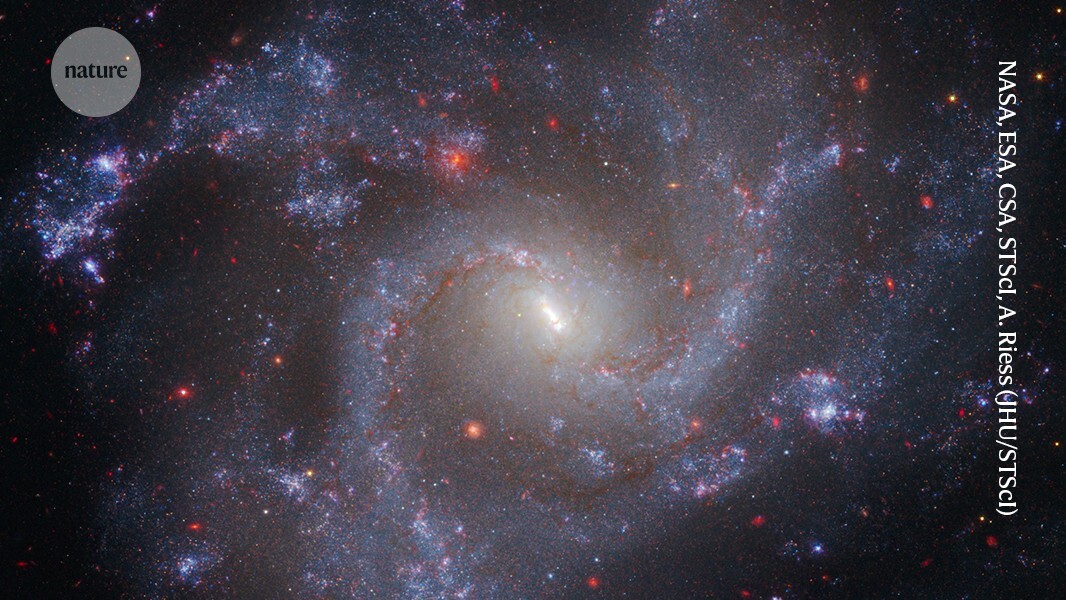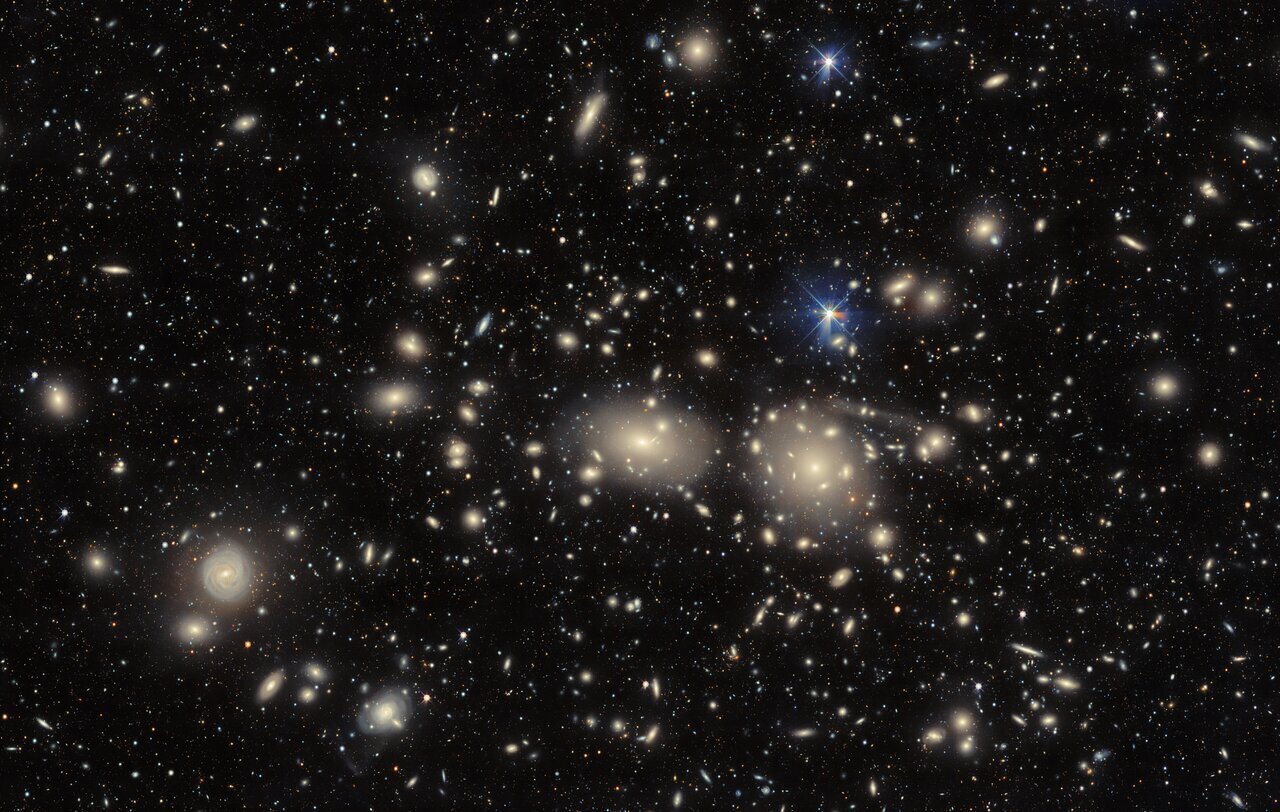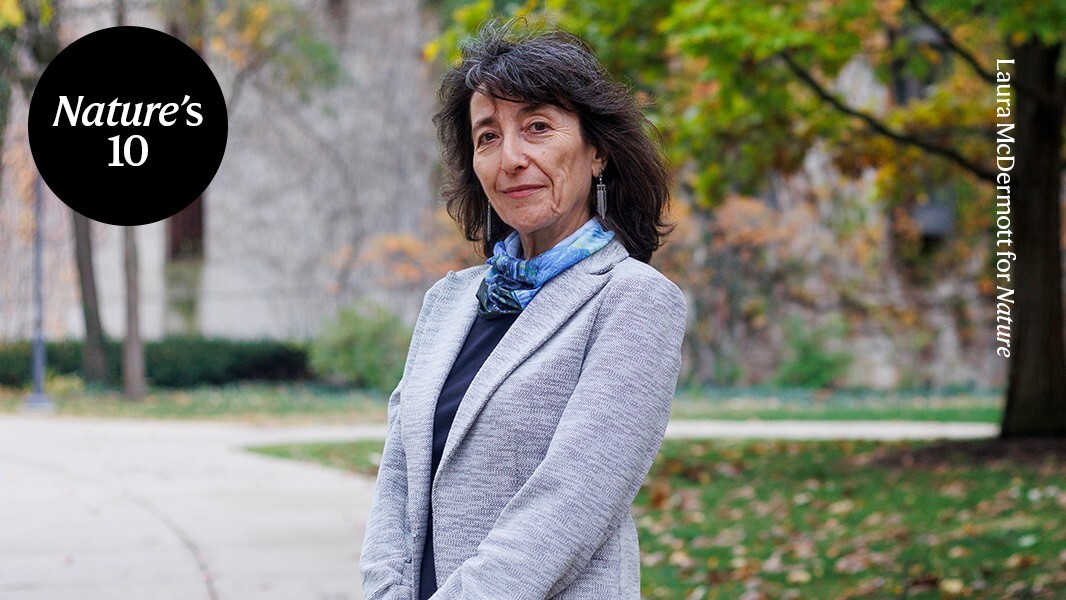Back in April I posted about a meeting at the Royal Society in London called Challenging the Standard Cosmological Model, some of which I attended virtually. In that post I mentioned that Wendy Freedman gave a talk related to the ongoing issue of the Hubble Tension, i.e. the discrepancy between different types of measurement of the Hubble Constant, usually characterized as local measurements (using stellar distance indicators) and larger-scale measurements (chiefly Planck). There are quite a few posts about this issue on this blog. Anyway, Wendy Freedman mention in her talk that her latest work on stellar distances suggested a value of 69.1 ± km s-1 Mpc-1, which reduces the tension with Planck significantly. At the time, however, there was no paper explaining how this number was derived.
Yesterday there appeared on arXiv a preprint by Freedman et al. which summarizes the recent results. The abstract is here:
We present the latest results from the Chicago Carnegie Hubble Program ( CCHP) to measure the Hubble constant using data from the James Webb Space Telescope (JWST). This program is based upon three independent methods: (1) Tip of the Red Giant Branch (TRGB) stars, (2) JAGB (J-Region Asymptotic Giant Branch) stars, and (3) Cepheids. Our program includes 10 nearby galaxies, each hosting Type Ia supernovae (SNe Ia), suitable for measuring the Hubble constant (H0). It also includes NGC 4258, which has a geometric distance, setting the zero point for all three methods. The JWST observations have significantly higher signal-to-noise and finer angular resolution than previous observations with the Hubble Space Telescope (HST). We find three independent values of H0 = 69.85 ± 1.75 (stat) ± 1.54 (sys) for the TRGB, H0 = 67.96 ± 1.85 (stat) ± 1.90 (sys) km s-1 Mpc-1 for the JAGB, and H0 = 72.05 ± 1.86 (stat) ± 3.10 (sys) for Cepheids. Tying into SNe Ia, and combining these methods adopting a flat prior, yields our current estimate of H0 = 69.96 ± 1.05 (stat) ± 1.12 (sys) km s-1 Mpc-1. The distances measured using the TRGB and the JAGB method agree at the 1% level, but differ from the Cepheid distances at the 2.5-4% level. The value of H0 based on these two methods with JWST data alone is H0 = 69.03 ± 1.75 (total error) km s-1 Mpc-1. These numbers are consistent with the current standard ΛCDM model, without the need for the inclusion of additional new physics. Future JWST data will be required to increase the precision and accuracy of the local distance scale.
You can read the full paper on arXiv here. A summary of the summary is that of the three methods they use, two give lower values of the Hubble constant and one (Cepheids) gives a higher value but with larger errors. The number quoted in the Royal Society talk was presumably preliminary as it doesn’t match any of the numbers in the abstract, but the point remains.
You can see the reduction in scatter in the new JWST measurements in this Figure (old on the left and new on the right).
On the face of it, these results suggest that the Hubble tension is greatly reduced. I am sure, however, that advocates of a higher value will have been preparing their ripostes and it’s just a matter of time before they arrive on the arXiv too!
https://telescoper.blog/2024/08/14/hubble-tension-reduced/





